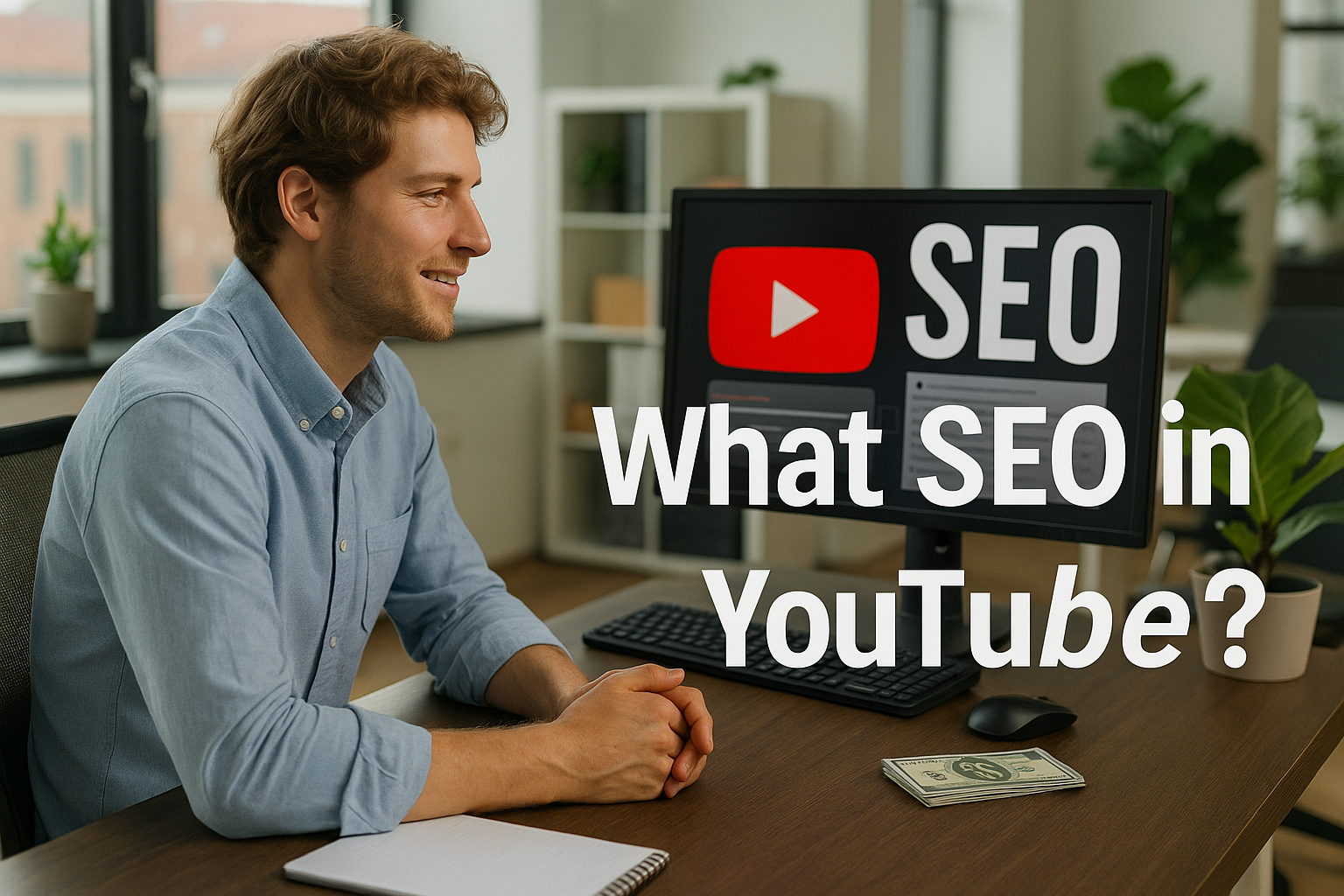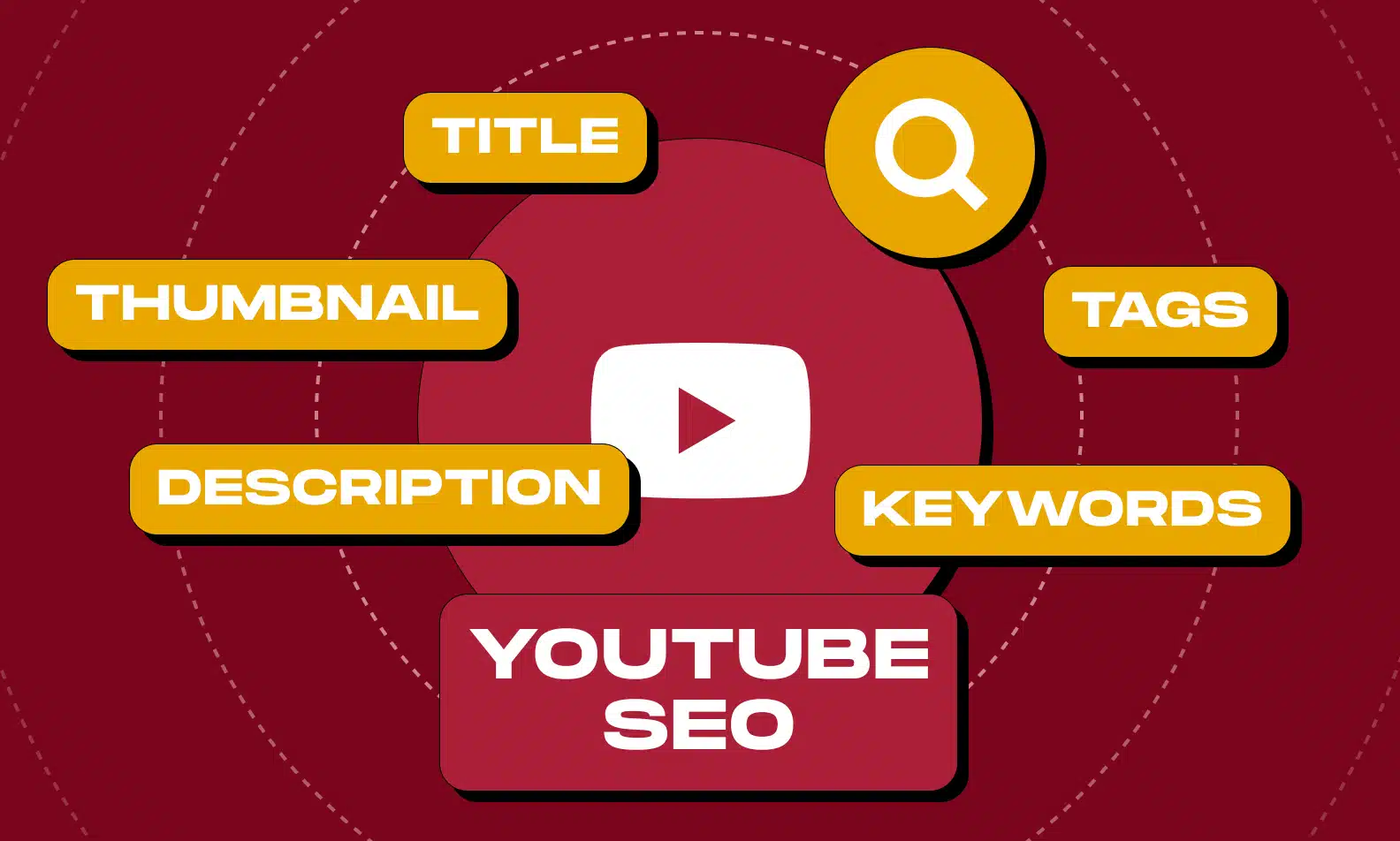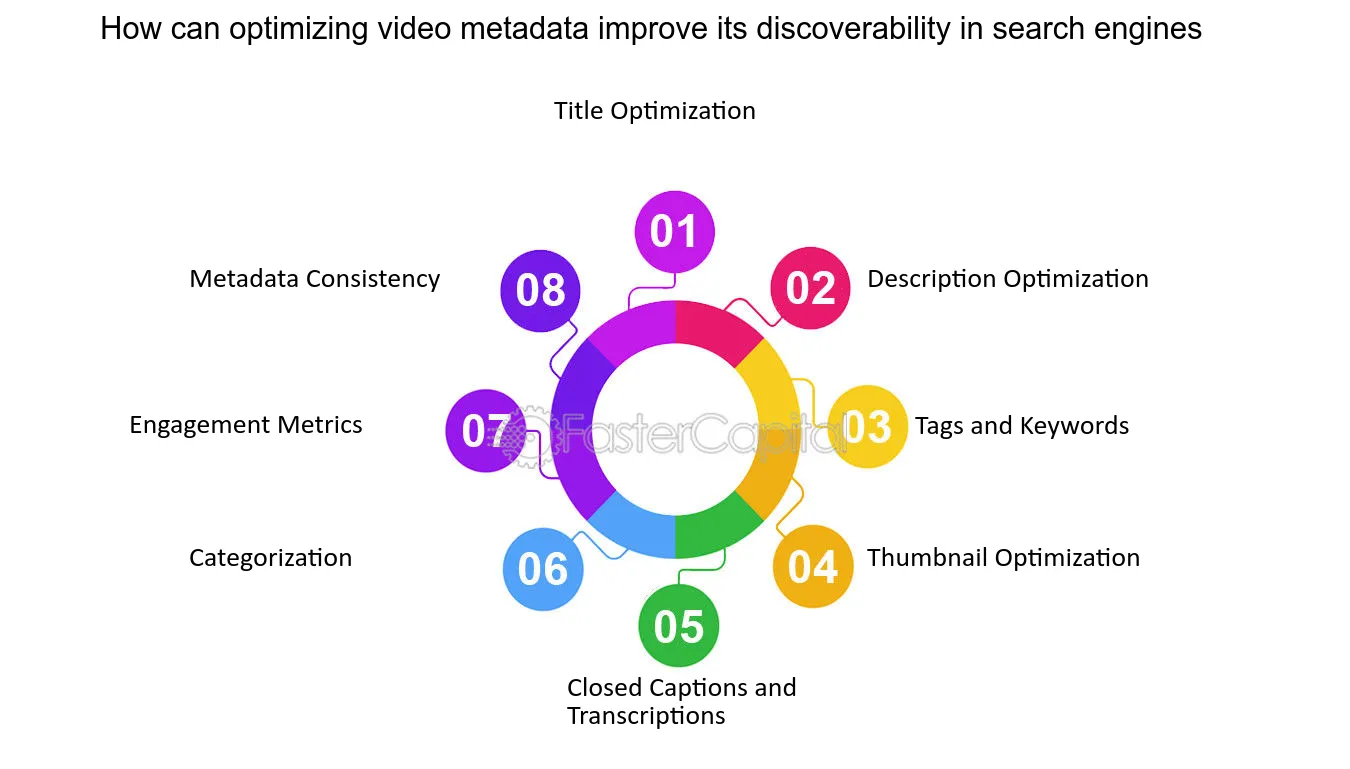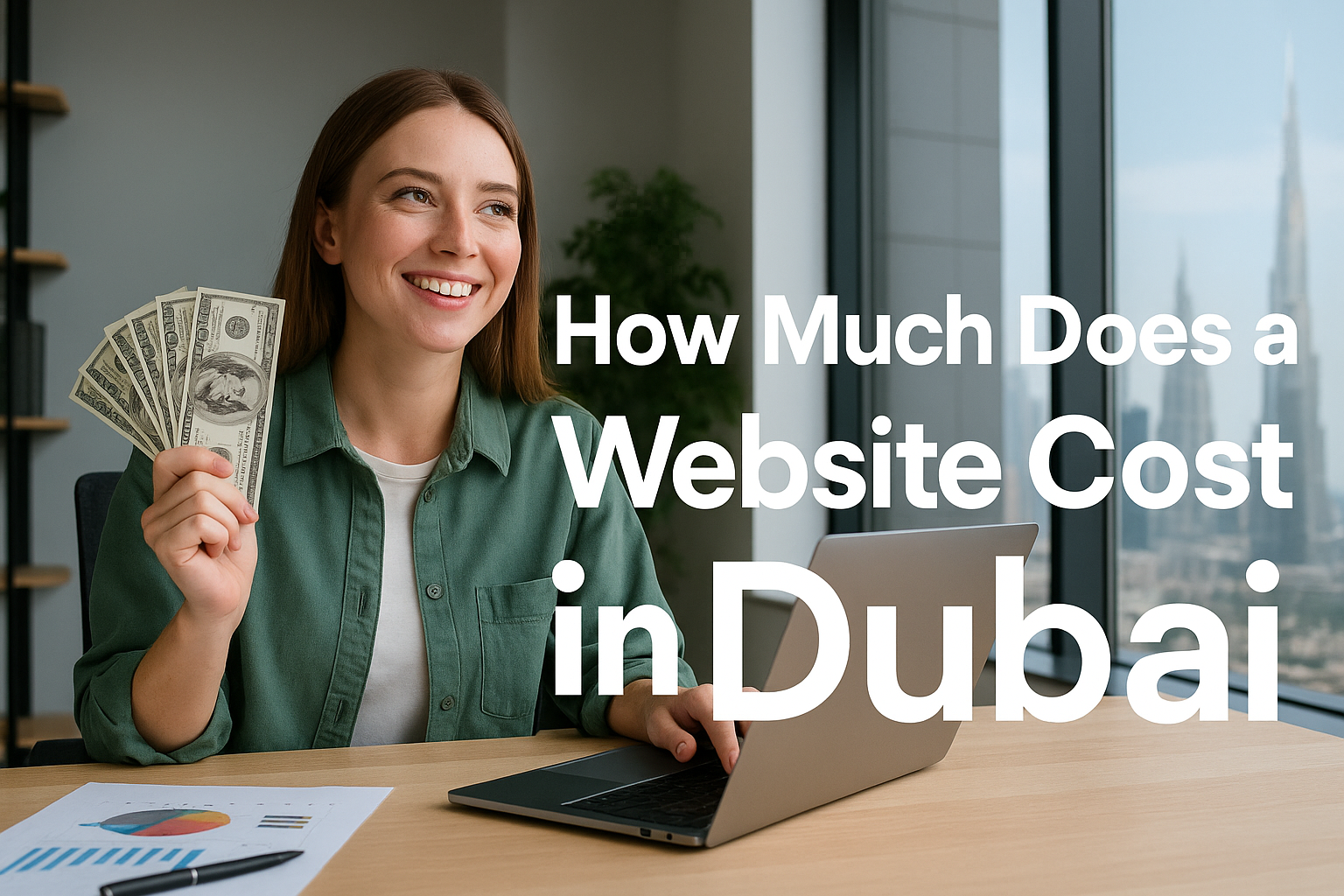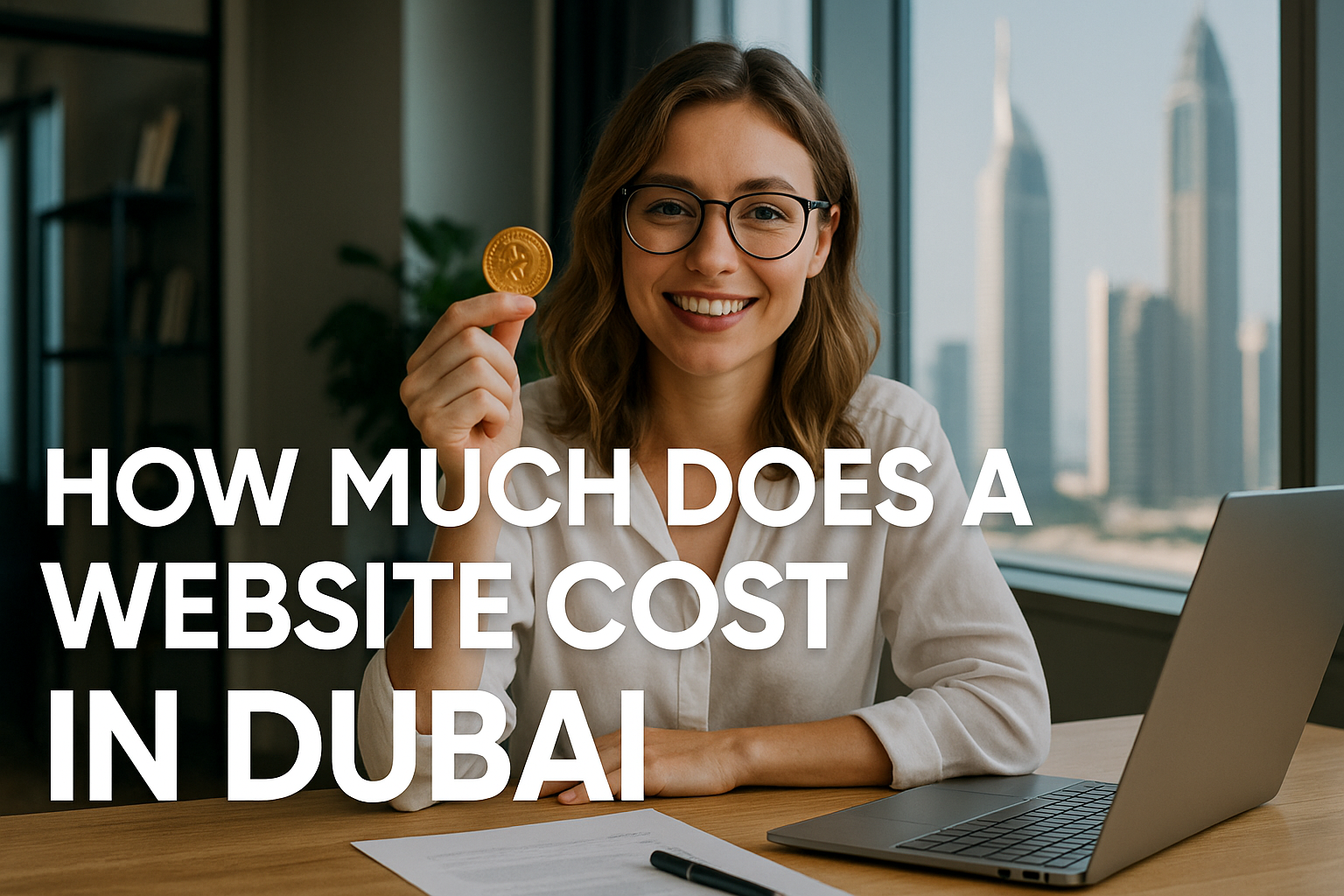What you reading
YouTube has become the second largest search engine in the world, right after Google, with over 2.7 billion monthly active users and billions of hours of content consumed every day across different regions and languages. This massive audience means there is enormous potential for creators, brands, and businesses to reach viewers globally.
However, simply uploading a high-quality video is no longer enough to guarantee success. With millions of videos being published daily, competition for visibility is intense. If your content is buried under thousands of competing uploads, your target audience may never discover it—no matter how valuable or engaging it is. That’s where YouTube SEO plays a critical role in helping your videos surface in front of the right viewers at the right time.
What SEO in YouTube means is the process of optimizing your videos, playlists, and channel so they rank higher in YouTube search results, appear more frequently in suggested videos, and perform better in related content recommendations. This involves strategic use of keywords, metadata optimization, high-quality thumbnails, engaging titles, and audience-focused descriptions, along with optimizing for watch time, retention rate, and viewer interaction. By mastering YouTube SEO, you not only improve discoverability but also significantly increase metrics like watch time, click-through rate (CTR), and engagement—factors that the YouTube algorithm heavily rewards. The outcome can be more subscribers, higher product sales, stronger brand authority, and greater reach across different geographical markets.
In this comprehensive 2025 guide, we’ll break down exactly what YouTube SEO is, why it matters in today’s competitive content landscape, how to apply it step-by-step from keyword research to analytics tracking, and advanced strategies that even experienced creators often overlook. We’ll also cover GEO-specific optimization tips to help your videos perform well in targeted regions, making sure your content connects with audiences both locally and internationally.
What SEO in YouTube Means (Quick Answer)
YouTube SEO is the practice of optimizing video content, metadata, and engagement signals to improve rankings in YouTube search and recommendations. This process includes strategic keyword targeting, optimizing watch time through compelling storytelling and pacing, improving click-through rate (CTR) with high-impact thumbnails and titles, and boosting engagement through interactive elements like pinned comments, polls, or end screens. When implemented correctly, What SEO in YouTube communicates to the platform’s ranking system that your content is both relevant and valuable, encouraging the algorithm to display it more frequently in search results and suggested video feeds. This leads to increased visibility, consistent subscriber growth, and stronger authority in your niche.
The Core Elements of YouTube SEO
Understanding the YouTube Algorithm
The YouTube algorithm is a dynamic system designed to predict and recommend videos that will keep viewers engaged for as long as possible. It determines which videos to promote and rank higher in both search results and the suggested video panel. Unlike traditional website SEO where keyword matching is often the priority, What SEO in YouTube relies heavily on behavioral metrics such as how long viewers watch, how often they interact, and whether they continue exploring content after yours. The goal is to signal to the algorithm that your video not only attracts clicks but also sustains attention and encourages further platform usage.
Key Signals YouTube Tracks:
- Average watch time per viewer – Measures the total minutes watched divided by the number of views. Longer average watch times indicate that your content maintains audience interest and can lead to higher rankings.
- Click-through rate from thumbnails/titles – A compelling title and high-quality thumbnail that stand out in search results can dramatically increase CTR, signaling strong initial interest in your video.
- Likes, comments, and shares – These engagement metrics show the algorithm that viewers find your content valuable enough to interact with, boosting the chances of recommendation.
- Viewer retention across the video – Maintaining a consistent audience throughout the duration of your video helps reduce drop-offs and improves your ranking potential.
- Session time (how long people stay on YouTube after your video) – If your video encourages viewers to continue watching other content on YouTube, the algorithm rewards this by pushing your video to more users.
Keyword Research for YouTube Videos
Just like Google SEO, keyword research is the foundation of what SEO in YouTube is all about. Without solid keyword research, even high-quality videos can remain undiscovered because they fail to match the exact search intent of your audience. You need to know what people are searching for before creating your content, and this requires understanding both the trending topics in your niche and the language your potential viewers use when they search. Conducting thorough keyword research helps align your video content with audience demand, ensuring that every upload has the highest chance of being found, watched, and shared.
Steps for YouTube Keyword Research:
- Use YouTube’s search bar autocomplete to find trending queries. Start typing your main topic and observe the suggestions. These phrases represent real user searches and can help you identify the exact terms to target when applying what SEO in YouTube requires for high ranking.
- Analyze competitor videos in your niche. Look for patterns in their titles, descriptions, and tags. Identify which keywords consistently appear in videos with high views and engagement, then refine them to suit your content style and audience.
- Use tools like TubeBuddy, VidIQ, or Ahrefs to check search volume and competition. These tools provide valuable metrics such as keyword score, competition levels, and related search ideas, helping you choose terms that balance popularity with achievability.
- Focus on long-tail keywords for better targeting. Long-tail phrases often have lower competition and higher conversion potential because they attract viewers with specific intent.
- Example: Instead of targeting “SEO,” go for “YouTube SEO for beginners 2025” or “how to rank YouTube videos fast.” This specificity matches the essence of what SEO in YouTube is meant to achieve—relevance and precision.
Video Optimization: Metadata Matters
Metadata includes titles, descriptions, tags, and closed captions—all of which influence your video’s discoverability on YouTube and beyond. In the context of what SEO in YouTube entails, metadata is the bridge between your content and the algorithm, guiding YouTube’s system on how and where to display your videos. Well-optimized metadata not only boosts search rankings but also increases click-through rates, watch time, and audience retention.
Best Practices:
- Title: Include your keyword early, make it engaging. Position your main keyword at the start for maximum impact, and pair it with compelling language to capture attention in crowded search results.
Example: What SEO in YouTube Means & How to Rank in 2025 — this title clearly communicates the topic, includes the target phrase, and adds a promise of value. - Description: Write 200–300 words with keywords naturally embedded. Use this space to provide context, outline key points covered in the video, and include related terms for semantic depth. This reinforces the video’s relevance for both search algorithms and human readers.
- Tags: Use variations of your main keyword plus related terms. Include synonyms, LSI keywords, and niche-specific phrases to broaden discoverability.
- Captions: Upload accurate subtitles for accessibility and SEO. Captions improve viewer experience, help with international reach, and allow search engines to index spoken content—supporting the overall goals of what SEO in YouTube seeks to accomplish.
On-Video SEO: Maximizing Engagement
Engagement is at the heart of YouTube SEO success. The more people interact with your video, the higher YouTube will rank it in both search results and suggested feeds. In the context of What SEO in YouTube truly means, engagement signals—such as watch time, comments, likes, and shares—are direct indicators to the algorithm that your content is valuable and worth recommending to a wider audience.
Strategies:
- Strong Hook in First 15 Seconds: Viewers decide within seconds whether to stay or leave. Begin with an attention-grabbing statement, a compelling question, or a surprising fact related to your topic to ensure What SEO in YouTube efforts lead to longer watch times.
- Pattern Interrupts: Change visuals, camera angles, or add motion graphics to maintain attention. This technique prevents viewer fatigue and keeps retention rates high, a critical factor in YouTube SEO ranking performance.
- Clear CTAs: Encourage viewers to like, comment, and subscribe by tying these actions to the value they’ll gain. Effective calls-to-action not only grow your community but also enhance the ranking impact of What SEO in YouTube optimization.
- End Screens & Cards: Use these interactive features to guide viewers toward other related videos or playlists. Internal linking within YouTube boosts session duration—a powerful metric in the SEO framework.
Off-Video SEO: Promotion Beyond YouTube
YouTube’s algorithm also picks up on traffic sources outside the platform. Sharing your videos on external channels amplifies the reach of your What SEO in YouTube strategy by driving initial view spikes and signaling to YouTube that your content is gaining traction across the web.
Promotion Channels:
- Social Media (Instagram, LinkedIn, TikTok): Tailor snippets or teaser clips for each platform to drive curiosity and click-throughs.
- Email Newsletters: Include embedded videos or direct links in your campaigns to send targeted, engaged viewers straight to your YouTube channel.
- Embedding Videos in Blog Posts: Integrating relevant videos into SEO-optimized articles creates cross-platform synergy, reinforcing both website and YouTube visibility.
- Collaborations with Other Creators: Partnering with influencers or niche creators can expose your video to an entirely new audience, accelerating the growth impact of What SEO in YouTube tactics.
GEO + AI-Ready YouTube SEO
In 2025, Generative Engine Optimization (GEO) is becoming a core part of video strategy. As AI-powered search platforms evolve, What SEO in YouTube is no longer limited to keyword placement—it now involves preparing content for AI parsing, indexing, and direct integration into AI-driven search results.
GEO Strategies:
- Optimize Transcripts with Natural Language: Craft your video scripts and captions in a conversational, context-rich style to make them easy for AI models to understand and rank.
- Include Clear, Concise Answers Early in the Video: Position valuable, keyword-rich answers within the first 30–60 seconds so AI snippets can surface them instantly.
- Add Structured Timestamps in Descriptions: Break down your content into clickable chapters, enabling AI systems to segment and deliver the most relevant part of your video to users searching for What SEO in YouTube insights.
Table: YouTube SEO Ranking Factors (2025)
| Factor | Impact Level | How to Optimize |
|---|---|---|
| Watch Time | Very High | Create longer, engaging videos that tell a story, include value-packed information, and encourage viewers to stay until the end. Use playlists to guide audiences to watch multiple related videos, boosting total session duration. |
| Click-Through Rate (CTR) | Very High | Use compelling thumbnails & titles that not only grab attention but also clearly reflect the content. Incorporate high-contrast visuals, readable text overlays, and emotional triggers. Run A/B tests to find the most effective combinations. |
| Audience Retention | High | Hook viewers in the first 5–10 seconds with a strong opening line, surprising fact, or clear promise of value. Use pattern interruptions, visual variety, and avoid unnecessary intros to keep viewers engaged throughout. |
| Keyword Optimization | High | Place targeted keywords naturally in titles, descriptions, and tags. Use What SEO in YouTube and related LSI terms strategically to match search intent. Optimize closed captions and transcripts to increase discoverability. |
| Engagement (Likes, Comments) | Medium | Ask for interaction directly at relevant points in the video. Use polls, questions, and calls-to-action to inspire audience participation, increasing signals to YouTube’s algorithm. |
| Consistency of Uploads | Medium | Post on a regular schedule, whether weekly or bi-weekly, to build audience expectations. Maintain a content calendar to ensure a steady flow of fresh and optimized videos that keep your channel active. |
How HoccoTech Can Help You Dominate YouTube SEO
At HoccoTech, we’ve optimized over 50 YouTube channels in industries ranging from beauty to technology, entertainment, and education. We understand that What SEO in YouTube really means is more than just placing keywords — it’s about creating a holistic strategy that boosts rankings, maximizes visibility, and drives meaningful audience engagement. Our approach ensures that your channel not only ranks but also generates real business results by converting viewers into loyal subscribers, customers, and advocates.
Our YouTube SEO Services Include:
- In-depth keyword and competitor research
We analyze your niche to identify high-volume, low-competition keywords and trending topics. This includes competitor audits to discover what works in your industry and where your channel can outperform. - Video metadata optimization
Every video is optimized with strategic titles, descriptions, and tags using What SEO in YouTube best practices. We also enhance thumbnails and captions to improve both search discoverability and user engagement. - Engagement strategy development
We design a plan to encourage likes, comments, shares, and watch time growth, leveraging interactive elements like polls, end screens, and community posts to build a loyal audience base. - AI-ready GEO optimization
Our team integrates Generative Engine Optimization (GEO) techniques so your content is future-proof for AI search results, ensuring visibility not just in YouTube’s algorithm but also in AI-driven discovery platforms. - Performance tracking and reporting
We monitor analytics closely, providing monthly reports with insights on CTR, retention rates, keyword rankings, and conversion data. This allows us to refine strategies continuously for maximum ROI.
📩 Contact us today to start ranking higher, increasing watch time, and growing your channel faster than ever.
Frequently Asked Questions
- What SEO in YouTube means?
It refers to optimizing your video content, channel, and metadata to improve visibility in YouTube search and recommendations. This includes detailed keyword targeting, strategically placing your primary and secondary keywords in titles, descriptions, and tags, optimizing video chapters for discoverability, and creating playlists that encourage binge-watching. The goal of mastering What SEO in YouTube is to ensure your videos appear in both search results and “Suggested Videos” for maximum exposure, ultimately increasing traffic, watch time, and conversions. - How long does YouTube SEO take to work?
Most creators start noticing measurable improvements in ranking positions, impressions, and watch time within 1–3 months if they apply What SEO in YouTube strategies consistently. In competitive niches like gaming or beauty tutorials, it may take 6+ months to secure top positions due to high content saturation. Patience, consistent publishing, and regular optimization based on analytics are key to long-term success. - Can I do YouTube SEO without paid tools?
Yes. You can effectively implement What SEO in YouTube techniques using free resources such as YouTube’s autocomplete suggestions for keyword ideas, competitor analysis to spot content gaps, and tools like Google Trends for seasonal search behavior. However, investing in paid SEO tools can offer deeper insights into search volume, keyword difficulty, and competitor performance, helping you create a more data-driven optimization strategy. - Why is watch time so important in YouTube SEO?
Watch time is one of the most critical ranking signals in What SEO in YouTube because it tells the platform that your content keeps viewers engaged. The longer people stay on your video, the higher the chance YouTube will recommend it across its ecosystem. High watch time often leads to better placement in suggested videos, which is where a large portion of views typically come from. - What’s the role of thumbnails in YouTube SEO?
While thumbnails don’t directly impact search rankings in What SEO in YouTube, they strongly influence CTR (Click-Through Rate). A compelling thumbnail that’s visually appealing, clearly communicates the video’s topic, and aligns with the title can significantly boost clicks. A higher CTR signals to YouTube that your video is relevant, which indirectly helps your overall ranking. - Do I need to upload videos regularly?
Yes. Consistency is a vital component of What SEO in YouTube because it signals to both the algorithm and your audience that your channel is active and reliable. Regular uploads keep your subscribers engaged, encourage repeat views, and give YouTube more opportunities to recommend your content. Even a steady schedule of one high-quality video per week can have a strong cumulative SEO effect.
Conclusion
What SEO in YouTube is not just about inserting keywords—it’s about delivering high-value, engaging content that both viewers and YouTube’s algorithm love. By mastering keyword research, metadata optimization, watch time strategies, and engagement tactics, you can dramatically increase your video rankings and channel growth.
If you want to see real, measurable results, start applying these techniques today or partner with professionals like HoccoTech to handle the heavy lifting for you.
This article was last updated on August 11, 2025.
